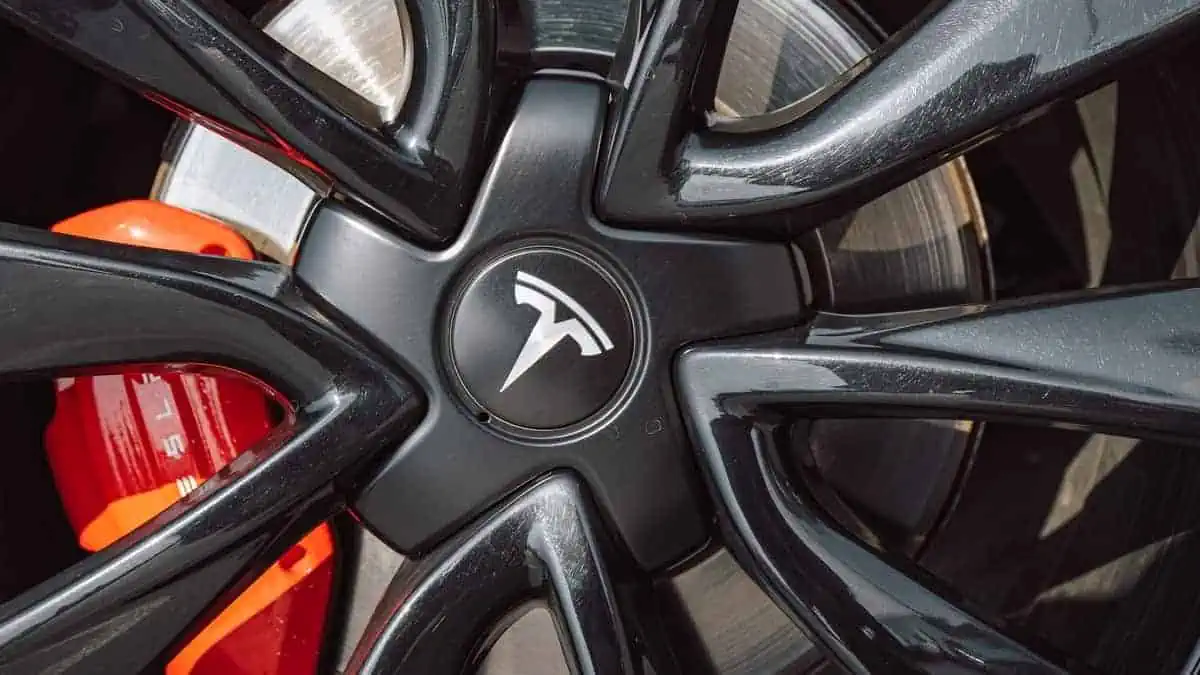During Tesla’s Investor Day on March 1, the Musk-led automaker presented a comparison between its current usage rare earth elements in the Model Y’s permanent magnet motor and a new one without those metals.
The slides demonstrate the possibility of using alternative elements to avoid the tough process of sourcing rare earth elements. With the recent technological developments, Tesla announced at the event that it plans to develop a permanent magnet motor that would not require rare earth elements.
Remarkably, the next-generation permanent magnet electric motor claims to offer “lower cost & high efficiency drive units using zero rare earths.”
Evolution of Tesla’s electric motors
Leading American automaker Tesla originally equipped its electric vehicles with AC induction motors with 0% rare earth elements. Interestingly, these electric motors are where the company’s name originated, as Nikola “Tesla” was its developer.
However, the automaker switched to a permanent magnet motor since the Tesla Model 3’s launch and retrofitted its other models as well. Tesla has cut rare earth usage by 25% in new Model 3s from 2017 to 2022, per the company.
What could Tesla possibly use as an alternative?
As mentioned, Tesla now plans to completely use electric motors without rare earth elements for its EVs. Unfortunately, Tesla has not yet disclosed which element it utilized as it may be a trade secret.
However, the most probable element Tesla used is Neodymium, or Dysprosium and Terbium.
Permanent magnets made of neodymium have long been the standard in electric motor applications. Nonetheless, researchers have continued to explore potential alternatives to expand the options in the past ten years.
While Tesla has not yet made a decision over which one it will employ as alternative, it appears to be near to making a choice. If not, it might at least see the prospect of finding a better alternative soon.






